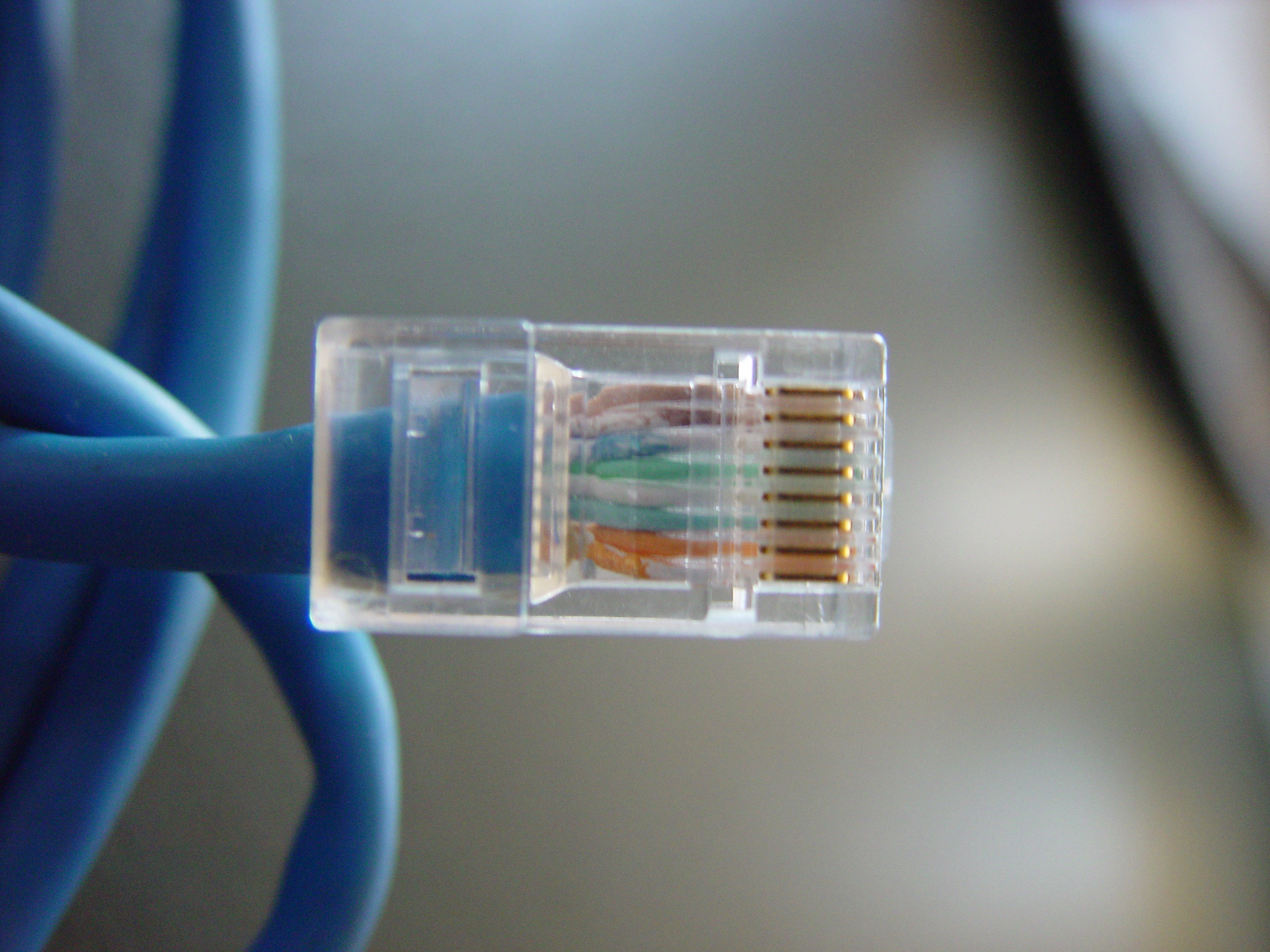Standard POE- Power Over Ethernet
Hey everyone, in our last article we covered some generic POE info, but in today’s article and video, we wanted to focus specifically on standard POE. check out the video below, and follow along!
As you may remember if you read the last article, POE is short for Power Over Ethernet. POE is a solution used to provide electrically powered network devices with both power and a data conduit all over a single cat5e or cat6 cable. There are a few different types of POE currently in use. These are Standard POE, POE+ (also known as Hi-POE), and POE. All 3 of them serve varied purposes but all ultimately perform the same function- to provide power and data to the kind of devices that need it. They do this, however, in varied ways and you use them in different circumstances.
We’re going to be releasing a POE series of videos that talks about all three technologies and why they are useful. In today’s video and article, we’re discussing the most basic of the three POE technologies- Standard POE. The name very much implies its use, that Standard POE is used in more generic, or standard situations that don’t call for extended distance or power requirements.
Standard POE, rated under the 802.3af-2003 standard, provides power up to 15.4 watts DC to a POE-ready device. It is able to do this up to a maximum of 100 meters (approximately 300 feet). Coax cameras and DVRs dominated the security CCTV field for many many years as network solutions were cumbersome, expensive, and beyond the reach of all except the most wealthy organizations or government institutions. Today, however, IP is the primary and most commonly installed tech when it comes to brand new CCTV systems and upgrades to existing ones. Standard POE helped bring IP cameras to a mainstream, affordable, and viable state. Now it’s usually considered that IP cameras and their NVR recorders are generally superior to COAX-based CCTV systems. due to this, many are converting, upgrading by adding an IP camera or more, or performing exclusively IP installs at new locations. This process is made easier, and fiscally possible by the advent of POE.
In the security industry, Standard POE is used to power generic POE-ready IP security cameras and this POE power can be delivered to these cameras in a few different ways. When upgrading an existing coax system by adding one, or two IP cameras to your local network for remote adding, using a couple of POE injectors might be the best route. These devices plug into a power source and then act as a link between two ethernet cables connected by the injector. The injector provides power and data from one end leading to the camera, and data only from another end leading to the network. This configuration allows a device such as a camera, to be connected to a network switch or router and still have power without needing a dedicated power source at the camera’s physical location, and without running a second cable from the camera for power. You could also power a camera by 12v PSU and then use its ethernet line for data only into the network, but this solution requires a power source to be available at the camera, whereas the injector can be positioned near the power source supplying the router/switch.
When adding more than one or two POE IP cameras to your existing coax system, you would likely be better off using a standard POE switch. without getting into the technical details, a network switch expands the amount of Ethernet ports a given network has for devices to connect into and interact with that network. You can attach an 8 port switch to a 4 port router, this consumes one port on the router- but adds 8 more for a total of 11 available ports. A standard POE switch performs this task, but also provides POE power to devices linked to it as well. This makes a POE switch an amazing solution for adding multiple IP cameras which require POE to the same network, using only a single cable per camera. This configuration is not just for DVRs however.
If you’re familiar with IP cameras likely you know about NVRs, or network video recorders as well. An NVR does not work with coax cameras at all, and instead only works with IP cameras. NVRs come in different shapes and sizes, and channel counts. When connecting a POE IP camera to an NVR this must be done using a network. Some NVRs handle this by having ‘onboard’ POE ports. With this configuration, a POE camera can connect directly to the NVR for power and data. Most of the more advanced NVRs however, connect to an external network of POE switch(s) which in turn have the cameras connected to those very same switches. POE switches come in various sizes and with different types of features as well.
To recap, standard POE is used to power and provide data to the overwhelming majority of available IP camera types available today. Only when further distance is needed, or more power for advanced PTZ cameras are additional nonstandard POE solutions needed. Check out the links below to see our IP cameras and POE switch selection.
Thanks for joining us today as we talked about Standard POE – Power Over Ethernet technology for IP cameras! For any questions on product compatibility, availability or any other information don’t hesitate to give our Sales Pro’s a call at 561-288-5258 . Don’t forget to subscribe to our YouTube Channel for more Tutorials and CCTV info. Until Next time, Stay Safe!
Related: What’s the difference between DVR and NVR?
Related: What’s the difference between H264 and H265?
Related: IP PTZ Security Cameras – All There is to Know
Related: Resolution, and why does it matter?
Related: What are active deterrence cameras?
Find Us On: Facebook | Twitter | YouTube












